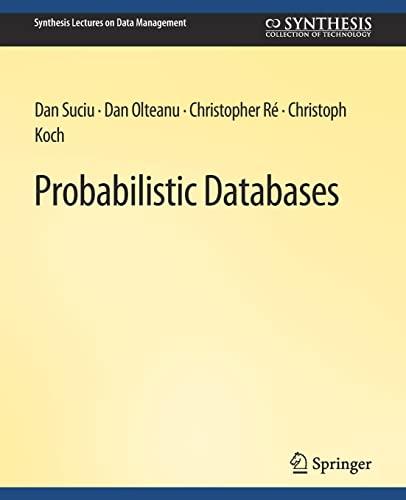Section 4: Critical Thinking Concisely answer each of these three questions. One paragraph with a few sentences that directly answer the question will suffice. Lengthy brain dumps are discouraged. As with all previous questions pertaining to the consideration of cryptographic security, assume Kerckhoff's principle when answering. Question 17 A systematic modification of the Caesar Shift cipher for use by our organization has been proposed as follows: Every ten characters of ciphertext, the shift will be increased by 5 . So, if we start with a shift of 17 so that AR for the first 10 characters, it will be changed so that A>W for characters 11 through 20,AB for characters 21 through 30 , etc. The key will remain a single number: the shift for the first ten characters (17 in the above example). How does this change affect the security of the cipher system? We are entertaining two possible modifications to the Monoalphabetic Cipher. Discuss the security properties of both options. Indicate which option you prefer and why. Option 1 - Preencipher the plaintext with another monoalphabetic cipher before using the original monoalphabetic cipher. Option 2 - Preencode the plaintext with a codebook that substitutes non-alphabetic symbols such as ,&, and "for high-frequency words such as the, here, and of. Then use a monoalphabetic cipher that mixes these symbols in with the alphabet, similar to We are trying to improve Playfair. One suggestion is, instead of enciphering pairs of adjacent letters, that we instead encipher the the outermost pairs of letters, moving towards the center. In other words, the first and last letter of the message would constitute the first pair of letters to be enciphered, then the second: and second-to last, as shown below, where the letters in the positions of the As below would be enciphered first, then Bs, then Cs, etc. For additional clarity on how this cryptosystem works, an example of encipherment with this system is provided below, using a Piayfair key buitt from the letters in alphabetic order (we cannot provide the full key grid, because you should know how to do this). The arrows show how the letters are paired for Playfair encipherment. plainte ciphertext: 50 N K B Does this change improve security, hurt security, or neither? Why? Section 4: Critical Thinking Concisely answer each of these three questions. One paragraph with a few sentences that directly answer the question will suffice. Lengthy brain dumps are discouraged. As with all previous questions pertaining to the consideration of cryptographic security, assume Kerckhoff's principle when answering. Question 17 A systematic modification of the Caesar Shift cipher for use by our organization has been proposed as follows: Every ten characters of ciphertext, the shift will be increased by 5 . So, if we start with a shift of 17 so that AR for the first 10 characters, it will be changed so that A>W for characters 11 through 20,AB for characters 21 through 30 , etc. The key will remain a single number: the shift for the first ten characters (17 in the above example). How does this change affect the security of the cipher system? We are entertaining two possible modifications to the Monoalphabetic Cipher. Discuss the security properties of both options. Indicate which option you prefer and why. Option 1 - Preencipher the plaintext with another monoalphabetic cipher before using the original monoalphabetic cipher. Option 2 - Preencode the plaintext with a codebook that substitutes non-alphabetic symbols such as ,&, and "for high-frequency words such as the, here, and of. Then use a monoalphabetic cipher that mixes these symbols in with the alphabet, similar to We are trying to improve Playfair. One suggestion is, instead of enciphering pairs of adjacent letters, that we instead encipher the the outermost pairs of letters, moving towards the center. In other words, the first and last letter of the message would constitute the first pair of letters to be enciphered, then the second: and second-to last, as shown below, where the letters in the positions of the As below would be enciphered first, then Bs, then Cs, etc. For additional clarity on how this cryptosystem works, an example of encipherment with this system is provided below, using a Piayfair key buitt from the letters in alphabetic order (we cannot provide the full key grid, because you should know how to do this). The arrows show how the letters are paired for Playfair encipherment. plainte ciphertext: 50 N K B Does this change improve security, hurt security, or neither? Why









